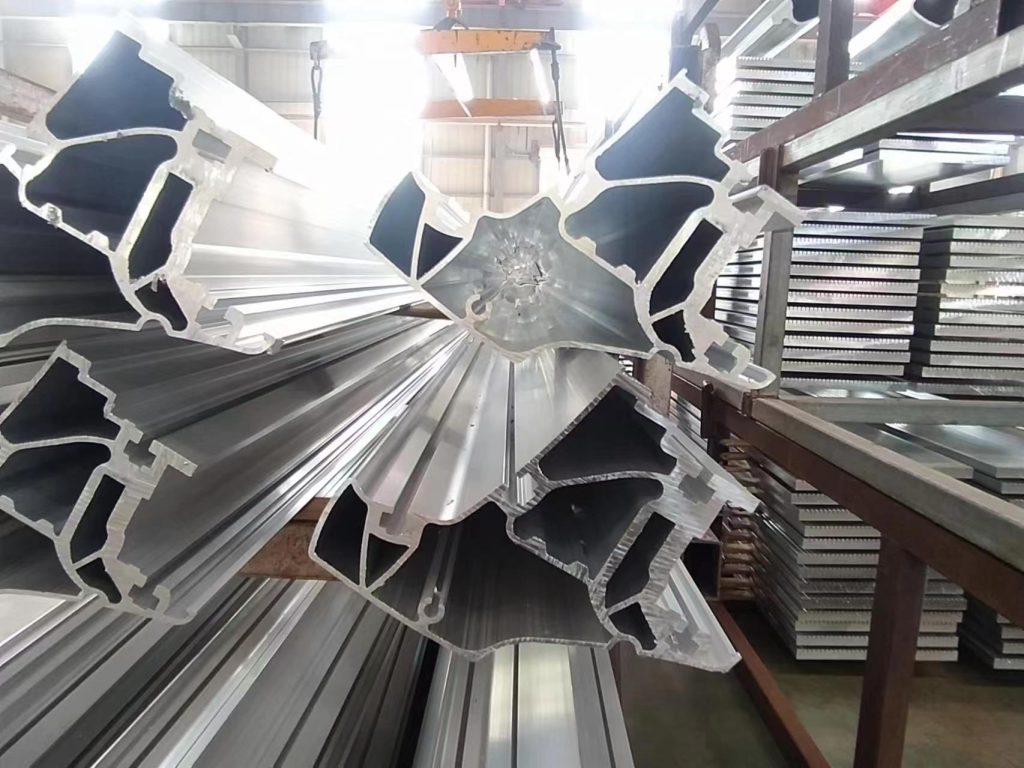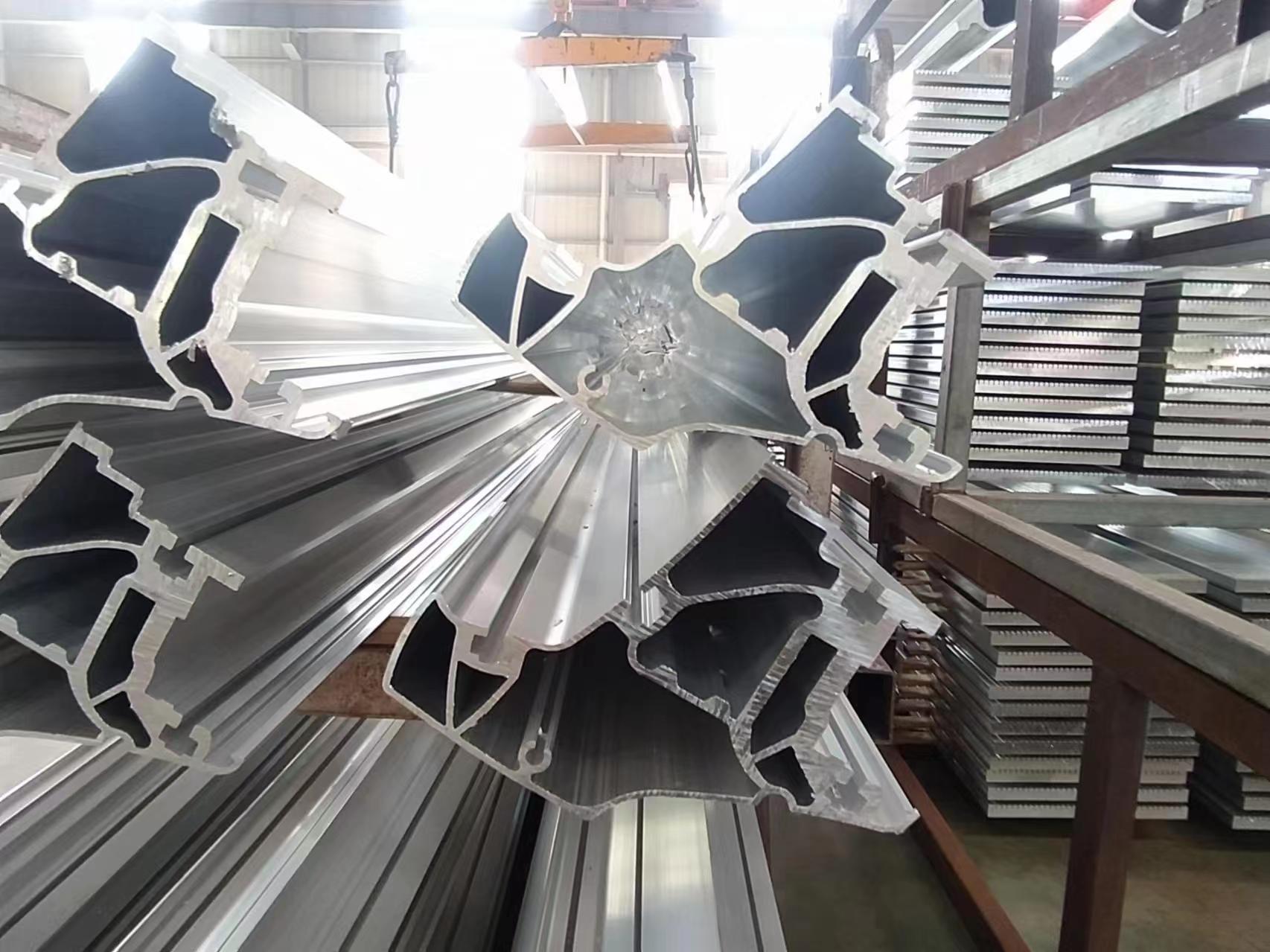Introduction
Aluminium prices recently closed lower by 0.43% at 231.5, influenced by a mix of factors including disappointing industrial output data from China, the world’s largest consumer of aluminium. This article explores the current state of the aluminium market, examining the implications of China’s production and import dynamics, alongside the significant role of Russian exports amidst geopolitical tensions.
China’s Industrial Output and Aluminium Production
In May, China’s industrial output data fell short of expectations, exerting downward pressure on aluminium prices. Despite this, China’s aluminium production saw a notable year-on-year increase of 7.2%, reaching 3.65 million tonnes. Over the first five months of the year, total production hit 17.89 million tonnes, marking a 7.1% increase from the same period last year. This robust production growth has significant implications for the global aluminium market, particularly in balancing supply and demand dynamics.
Aluminium Imports and Exports Dynamics
May witnessed a dramatic 61.1% surge in aluminium imports into China compared to a year ago. This influx is largely attributed to increased shipments from Russia, as Western sanctions against Russia have reshaped supply chains. Russian aluminium exports to China soared to 310,000 metric tons last month, a staggering 91.6% increase from the previous year. These shifts underscore the complex interplay of global trade policies and their impact on commodity markets.
Market Reactions and Technical Analysis
The shift in supply dynamics has also been reflected in aluminium premiums for shipments to Japan, which were quoted significantly higher for the July-September period. This indicates a robust demand and tight supply conditions in the market. From a technical perspective, the aluminium market experienced long liquidation with unchanged open interest at 3,038 contracts, alongside a modest price decline of 1 rupee. Key support for aluminium prices is currently at 230.4, with resistance around 232.6. A breakout above this resistance level could potentially lead prices to 233.6.
Future Outlook
Looking ahead, the aluminium market is poised for continued volatility. Key factors to watch include China’s industrial output trends, ongoing geopolitical developments, and shifts in global trade policies. While the increased production and imports in China suggest a potential easing of supply constraints, the broader economic context and geopolitical tensions will continue to play a pivotal role in shaping market dynamics.
Conclusion
In conclusion, the aluminium market remains highly dynamic, influenced by a confluence of production data, import-export trends, and geopolitical factors. Staying informed on these developments is crucial for market participants and stakeholders. As we move forward, close monitoring of China’s industrial output, Russian export trends, and technical price levels will be essential in navigating the aluminium market landscape.

